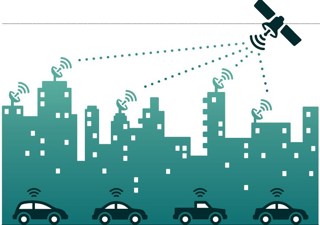Plans from Highways England to introduce new road technology should be welcomed by fleets for their potential to boost safety and efficiency, says Arval.
Starting in 2020, the Government plans to install fibre optic cables under motorways which will beam traffic information to suitably-equipped cars and vans, telling drivers what is happening in real-time on their forward routes.
Jon Friedenthal, consultant at Arval, said: “In developmental terms, this is a logical step on from the active signposting used in ‘smart’ motorways.
“This new technology is relatively simple but should have a genuine impact on the efficiency of transport systems. For example, it could be used to advise all drivers to drop to a certain speed that would allow traffic to keep moving during congestion.
“More significantly, it could tell you that an accident has happened immediately ahead, allowing drivers behind to slow and avoid the possibility of a pile-up. This could be especially useful in adverse weather conditions.
“For fleets, such advances are genuinely useful when it comes to making journeys more efficient and avoiding accidents. It is a move that should be welcomed.”
Friedenthal added that the technology was likely to act as part of a series of stepping stones towards full autonomy.
“There are some signs that full vehicle autonomy remains something closer to an aspiration than a practical solution, as some recent announcements show,” he said.
“In the meantime, what we will have is the adoption of a range of technologies emerging in vehicles such as lane departure and correction, blind spot detection, automatic braking and radar cruise – all of which are likely to become fairly widespread in the near future, especially thanks to their recent backing by NCAP.
“The investments made in improving the technology in the roads themselves are equally important. Certainly, we expect to see fleets introducing these new developments that are on the horizon in some form.”




















Login to comment
Comments
No comments have been made yet.